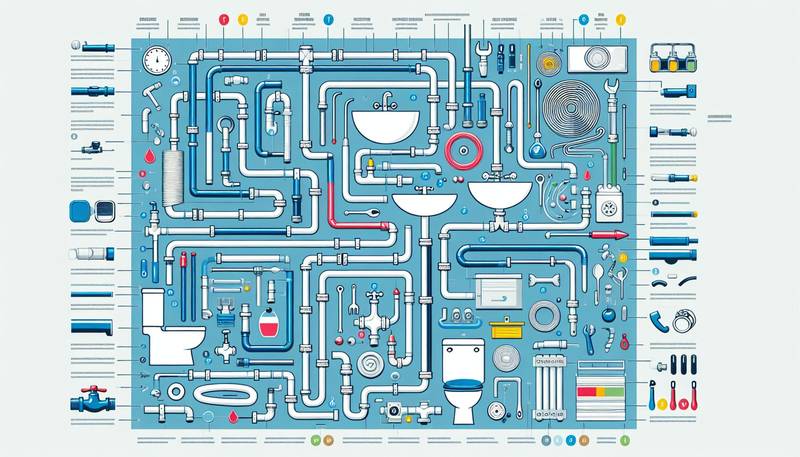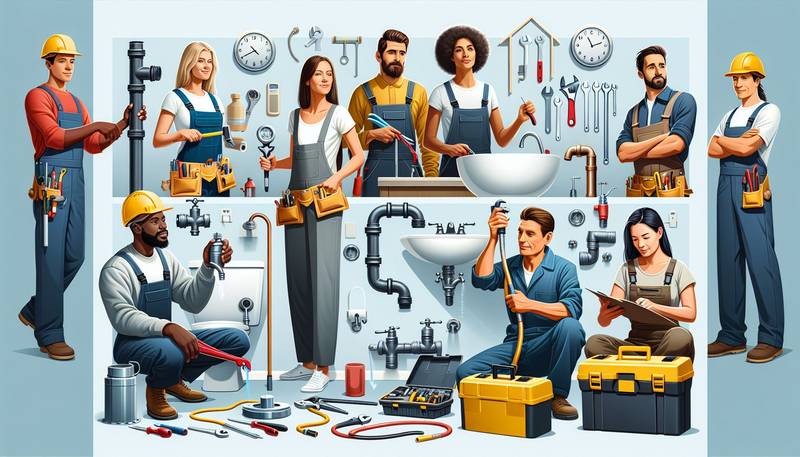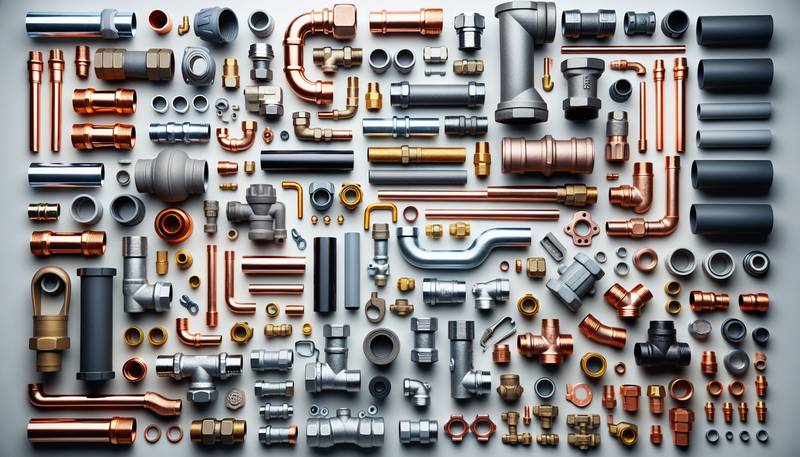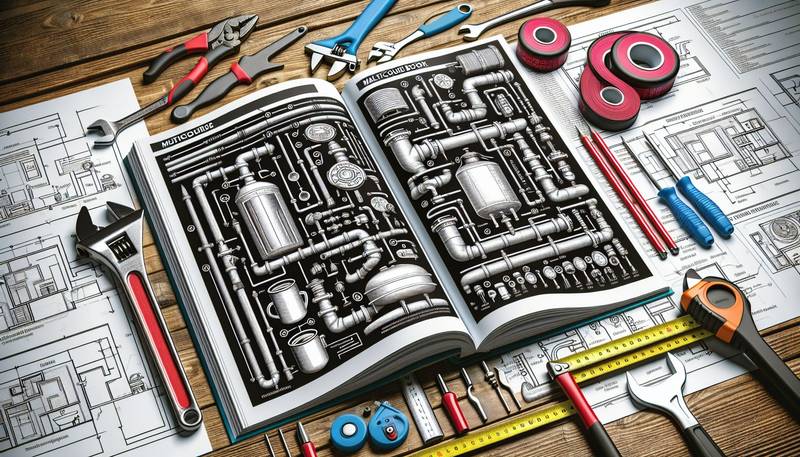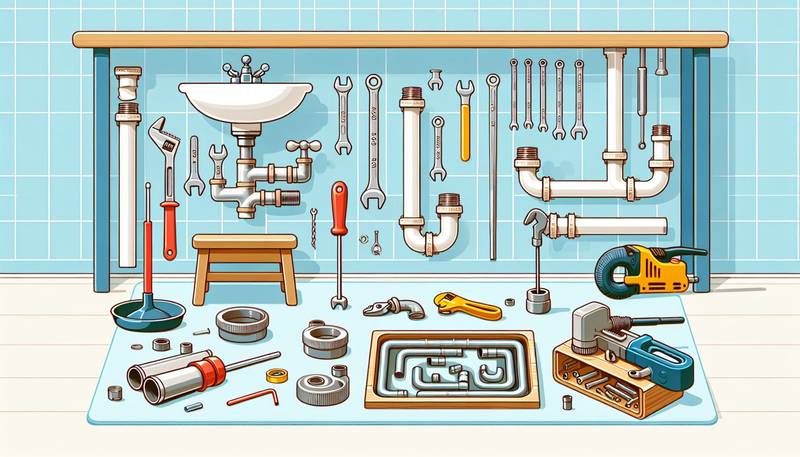Emergency Plumbing Fixes Every Homeowner Should Know
While it is always advisable to contact a professional plumber for more complex problems, there are several emergency fixes that every homeowner should have the knowledge and tools to handle on their own.
Understanding How to Shut Off the Water Supply
One of the most crucial skills that every homeowner should possess in the event of a plumbing emergency is knowing how to effectively shut off the water supply to their home. Whether it's a burst pipe or a major leak, being able to turn off the water can help prevent further damage and provide you with the time needed to tackle the issue. The main shut-off valve is typically located near the water meter, and it is essential to familiarize yourself with its location beforehand so that you can act quickly in case of an emergency.
Tackling a Leaky Faucet
A leaky faucet is a common plumbing annoyance that, if left unattended, can result in a significant waste of water and an increase in your water bill. To address a leaky faucet, start by turning off the water supply to the specific faucet. Use a wrench to loosen the faucet handle and remove the cartridge or valve stem. Check for any worn or damaged parts, such as O-rings or washers, that may require replacement. After replacing the damaged components, reassemble the faucet and turn on the water supply to check if the leak has been successfully fixed.
Unclogging Pesky Drains
Dealing with a clogged drain is another frequent plumbing issue that can be quite bothersome. If you encounter a clogged drain, begin by using a plunger to attempt to dislodge the blockage. If plunging does not work, consider using a drain snake to break up the clog. Insert the drain snake into the drain and twist it to push through the obstruction. Additionally, you can try using a mixture of baking soda and vinegar to help dissolve the clog. In instances where these methods are ineffective, it may be necessary to seek assistance from a professional plumber to clear the drain.
Fixing a Running Toilet
A constantly running toilet not only wastes a significant amount of water but also leads to an increase in your water consumption and costs. To rectify a running toilet, start by removing the lid from the toilet tank and inspecting the flapper and chain. If the flapper is not sealing properly, it may need to be replaced. Replacement flappers can typically be found at most hardware stores. Additionally, check the fill valve and adjust it as needed to ensure the water level in the tank is correct. Following any necessary repairs, test the toilet to verify if the issue has been resolved.
Conclusion
While some plumbing issues may require the expertise of a professional plumber, having a solid understanding of basic emergency fixes is invaluable for every homeowner. From knowing how to shut off the water supply to effectively repairing a running toilet, being prepared to tackle common plumbing problems can help you mitigate potential damage to your home. By familiarizing yourself with these essential plumbing fixes, you can feel more confident and equipped to handle emergencies as they arise.

